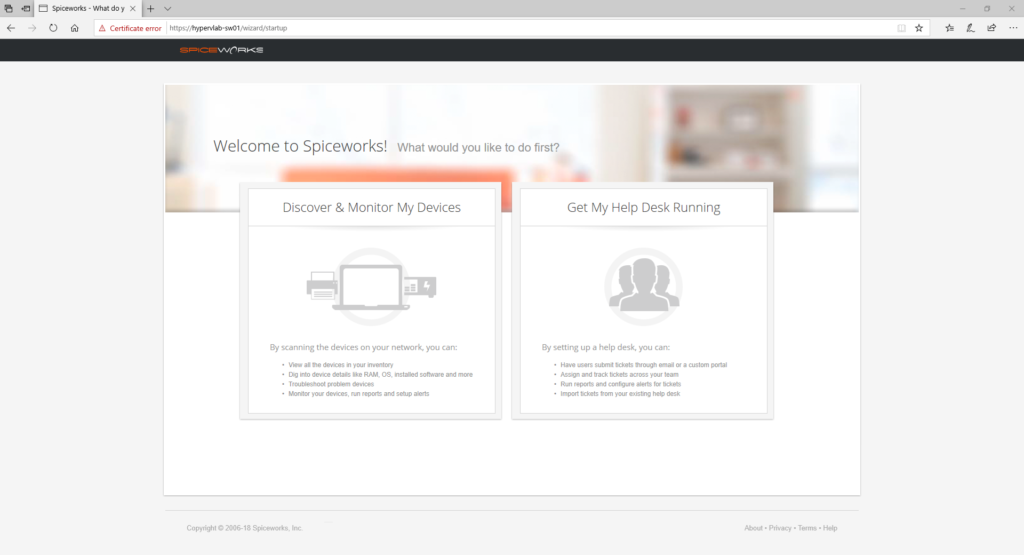

One important thing to note is the -nodes parameter. Get the cert(s) Generate a private keyįirst, bring up an elevated (administrator) command prompt and run the following command: openssl req -new -newkey rsa:2048 -nodes -keyout private.key -out request.csrĢ048-bit RSA keys are most common, but you may want to check with the CA you’ve chosen. (where C:\OpenSSL-Win32 is the installation directory of OpenSSL). To do that, run the following in aĬommand prompt: Set OPENSSL_CONF=C:\OpenSSL-Win32\bin\openssl.cfg Nowadays, doesn’t provide a Windows installer directly, but they do list a few places here:Īfter you’ve installed OpenSSL you may need to set an environment variable within Windows.

Why? OpenSSL provides a straightforward way to generate a private key and a certificate signing Next, head to the \Spiceworks\httpd\ssl folder and do the same for the ssl-cert.pem and ssl-private-key.pem files. Note: Your installation path may be different. To start, head over to C:\Program Files (x86)\Spiceworks\httpd\conf and copy the nf file to a safe location Also, you’ll want to keep backup copies of the current SSL certs in case things go sideways. It’s always a good idea to back up config files, right? The same is true when working with the nf file from your Spiceworks Prepare the server Backup existing certificate and nf


Spiceworks comes packaged with a self-signed SSL certificate that is automatically setup and usable after install. Setup a custom SSL certificate Applies to: On-Prem Help Desk, Inventory


 0 kommentar(er)
0 kommentar(er)
